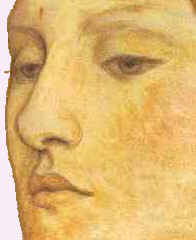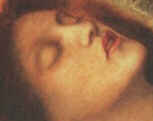^
1962 USSR–US spy exchange.
Francis Gary Powers, a US pilot who was shot down
over the Soviet Union while flying a CIA spy plane in 1960, is released
by the Soviets in exchange for the US release of a Russian spy. The exchange
concluded one of the most dramatic episodes of the Cold War. Powers had
been a pilot of one of the high altitude U-2 spy planes developed by the
United States in the late-1950s. Supposedly invulnerable to any Soviet antiaircraft
defense, the U-2s flew numerous missions over Russia, photographing military
installations. On 01 May 1960, Powers' U-2 was shot down by a Soviet missile.
Although Powers was supposed to engage the plane's self-destruct system
(and commit suicide with poison furnished by the CIA), he and much of the
plane were captured.
The United States
at first denied involvement with the flight, but had to admit that Powers
was working for the US government when the Soviets presented incontrovertible
evidence. In retaliation, Soviet leader Nikita Khrushchev called off a scheduled
summit with President Dwight D. Eisenhower. Powers was put on trial, convicted
of espionage, and sentenced to 10 years imprisonment. In February 1962,
the Soviet Union announced that it was freeing Powers because of a petition
from the prisoner's family. US officials made it quite clear, however, that
Abel was being exchanged for Powers — a spy-for-a-spy trade, not a
humanitarian gesture on the part of the Soviet Union.
The US government announced that in exchange for Powers, it would release
Col. Rudolf Ivanovich Abel, a Russian convicted of espionage in the United
States. On 10 February Abel and Powers were brought to the Gilenicker Bridge
that linked East and West Berlin for the exchange. After the men were successfully
exchanged, Powers was flown back to the United States.
The Soviet Union declared that its release of Powers was partially motivated
by "a desire to improve relations between the Soviet Union and the United
States." US officials were cautious in evaluating the Soviet overture, but
did note that the action could certainly help lessen Cold War tensions.
The exchange was part of the ongoing diplomatic dance between Khrushchev
and President John F. Kennedy. Both men seemed earnestly to desire better
relations, and the February 1962 exchange was no doubt part of their efforts.
Just a few months later, however, the Cuban Missile Crisis, in which the
Soviets helped construct missile bases in Cuba, erased the memory of these
diplomatic overtures and brought the two powers to the brink of nuclear
conflict.
American spy pilot Francis
Gary Powers is released by the Soviets in exchange for Soviet Colonel Rudolf
Abel, a senior KGB spy who was caught in the United States five years earlier.
The two men were brought to separate sides of the Glienicker Bridge, which
connects East and West Berlin across Lake Wannsee. As the spies waited,
negotiators talked in the center of the bridge where a white line divided
East from West. Finally, Powers and Abel were waved forward and crossed
the border into freedom at the same moment — 08:52 Berlin time. Just
before their transfer, Frederic Pryor — an American student held by
East German authorities since August 1961 — was released to American
authorities at another border checkpoint. In 1957, Reino Hayhanen, a lieutenant
colonel in the KGB, walked into the American embassy in Paris and announced
his intention to defect to the West. Hayhanen had proved a poor spy during
his five years in the United States and was being recalled to the USSR,
where he feared he would be disciplined. In exchange for asylum, he promised
CIA agents he could help expose a major Soviet spy network in the United
States and identify its director. The CIA turned Hayhanen over to the FBI
to investigate the claims. During the Cold War, Soviet spies worked together
in the United States without revealing their names or addresses to each
other, a precaution in the event that one was caught or, like Hayhanen,
defected. Thus, Hayhanen initially provided the FBI with little useful information.
He did, however, remember being taken to a storage room in Brooklyn by his
superior, whom he knew as "Mark." The FBI tracked down the storage room
and found it was rented by one Emil R. Goldfus, an artist and photographer
who had a studio in Brooklyn Heights. Emil Goldfus was Rudolf Ivanovich
Abel, a brilliant Soviet spy who was fluent in at least five languages and
an expert at the technical requirements of espionage. After decorated service
as an intelligence operative during World War II, Abel assumed a false identity
and entered an East German refugee camp where he successfully applied for
the right to immigrate to Canada. In 1948, he slipped across the Canadian
border into the United States, where he set about reorganizing the Soviet
spy network.
After learning of Hayhanen's
defection, Abel fled to Florida, where he remained underground until June,
when he felt it was safe to return to New York. On 21 June 1957, he was
arrested in Manhattan's Latham Hotel. In his studio, FBI investigators found
a hollow pencil used for concealing messages, a shaving brush containing
microfilm, a code book, and radio transmitting equipment. He was tried in
a federal court in Brooklyn and in October was found guilty on three counts
of espionage and sentenced to 30 years imprisonment. He was sent to the
federal penitentiary in Atlanta, Georgia. Less than three years later, on
01 May 1960, Francis Gary Powers took off from Peshawar, Pakistan, at the
controls of an ultra-sophisticated Lockheed U-2 high-altitude reconnaissance
aircraft. Powers, a CIA-employed pilot, was to fly over some 3000 km of
Soviet territory to Bodö military airfield in Norway, collecting intelligence
information en route. Roughly halfway through his journey, he was shot down
over Sverdlovsk in the Ural Mountains. Forced to bail out at 5000 meters
altitude, he survived the parachute jump but was promptly arrested by Soviet
authorities.
On 05 May, Soviet leader
Nikita Khrushchev announced that the American spy aircraft had been shot
down and two days later revealed that Powers was alive and well and had
confessed to being on an intelligence mission for the CIA. On 07 May, the
United States acknowledged that the U-2 had probably flown over Soviet territory
but denied that it had authorized the mission.
On 16 May, leaders of the United States, the USSR, Britain, and France met
in Paris for a long-awaited summit meeting. The four powers were to discuss
tensions in the two Germanys and negotiate new disarmament treaties. However,
at the first session, the summit collapsed after President Dwight D. Eisenhower
refused to apologize to Khrushchev for the U-2 incident. Khrushchev also
canceled an invitation for Eisenhower to visit the USSR. In August, Powers
pleaded guilty to espionage charges in Moscow and was sentenced to 10 years
imprisonment — three in prison and seven in a prison colony. At the
end of his 1957 trial, Rudolf Abel escaped the death penalty when his lawyer,
James Donovan, convinced the federal judge that Abel might one day be used
either as a source of intelligence information or as a hostage to be traded
with the Soviets for a captured US agent. In his five years in prison, Abel
kept his silence, but the latter prophecy came true in 1962 when he was
exchanged for Powers in Berlin. Donovan had played an important role in
the negotiations that led to the swap.
Upon returning to the United States, Powers was cleared by the CIA and the
Senate of any personal blame for the U-2 incident. In 1970, he published
a book, Operation Overflight, about the incident and in 1977 was
killed in the crash of a helicopter that he flew as a reporter for a Los
Angeles television station. Abel returned to Moscow, where he was forced
into retirement by the KGB, who feared that during his five years of captivity
US authorities had convinced him to become a double agent. He was given
a modest pension and in 1968 published KGB-approved memoirs. He died in
1971. |
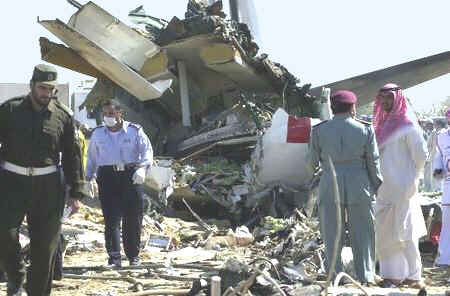 Deaths
which occurred on a February 10:
Deaths
which occurred on a February 10: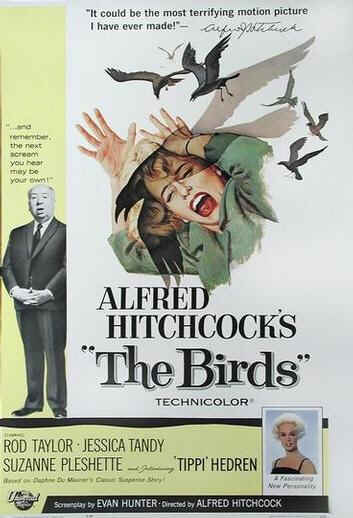
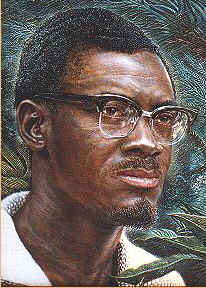 1961
Patrice Lumumba, 34, first premier of Congo, his murdered
body is discovered. [< portrait by Safran]
1961
Patrice Lumumba, 34, first premier of Congo, his murdered
body is discovered. [< portrait by Safran] 